Fearne & Rosie’s straight-talking founder is frustrated by high sugar levels in jam. She talks health, wealth and reaching over 5,000 stockists
Rachel Kettlewell is waging a one-woman war against the use of jargon in grocery. “Somebody once said to me: ‘I’ve got a hard stop at five.’ And I was like: ‘What are you talking about? That’s a ridiculous sentence.’ I think sometimes in our business, people throw around big fancy sentences and overcomplicate what needs to happen,” she laments.
“I’ll then say: ‘Can you tell it me in three words?’ And if they can’t, that’s because they don’t understand it.”
This indignation is entirely on brand for the down-to-earth founder of “proudly northern” reduced-sugar jam brand Fearne & Rosie.
Kettlewell also recounts going to an industry dinner recently where she was “the only person at the table whose children weren’t in private school”. She has long been vocal about the difficulty of breaking into the industry without a surfeit of economic or social capital.
“I genuinely didn’t know you needed all this money to start a food business. I just thought: ‘This is a better product, they’ll put it on the shelves, it’ll sell, and that’ll be it’,” she says, laughing.
“I was so naïve. Back in 2019, I literally Googled ‘Waitrose head office’ and rang them up. I told the woman I spoke to: ‘Look, I’ve made this jam, it’s got 40% less sugar, no concentrates, there’s nothing else like it, and I think you should stock it in Waitrose.’ So, this poor receptionist said I needed to speak to a buyer. I was like: ‘What’s a buyer?’”
After lots more Googling and plenty more phone calls, Kettlewell managed to get Fearne & Rosie into 180 Waitrose stores that same year, in a breakthrough moment. “I genuinely thought we’d get about 10 stores,” she says. “I couldn’t believe it.”
The brand has gone from strength to strength since that listing – particularly in the past 12 months. This time last year, Fearne & Rosie had 304 stocking points. Last month, that figure stood at 5,348.
The increase was mainly down to gaining 1,533 more Tesco stores in November, and then 2,295 Holland & Barrett branches over December and January.
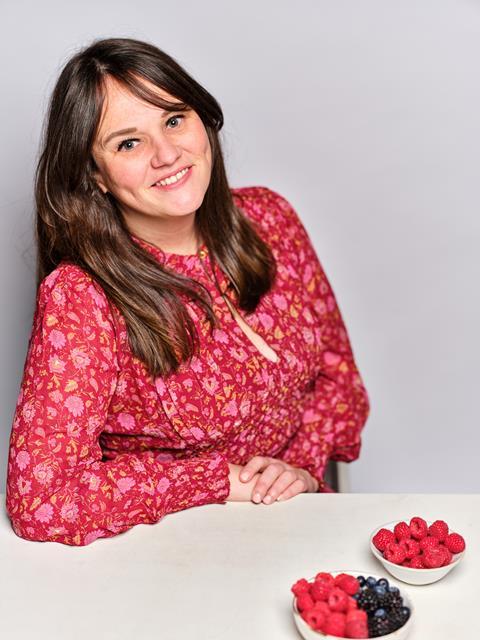
Name: Rachel Kettlewell
Born: Withington, Manchester
Lives: North Yorkshire
Age: 40
Family: Husband and three kids (Fearne, Rosie and George)
Potted CV: My first job, other than a paper round, was at a health food shop. Worked in the charity sector for a bit, then became a teacher, then Fearne & Rosie
Career highlight: First listing, at Waitrose
Business icon: Pip Murray
Book currently reading: Harry Potter and the Chamber of Secrets (with the children)
Item you couldn’t live without: Cup of tea
Dream holiday: North Wales
Favourite film: Moana
Favourite album: ‘S Club’ by S Club 7
Favourite book: The Little Book of Thunks, a book that encourages kids to think about things philosophically
Favourite recipe for jam: Granola pot
Favourite jam flavour: Superberry (strawberry, blackcurrant, raspberry and blueberry)
For Kettlewell, it’s hard to sum up her feelings in one word. “Stressed! Terrified! Delighted! It’s so great we’ve been backed, and I want to make the retailers proud. When I started the brand, it was all about getting into the big retailers because, with the best will in the world, that’s where most families are shopping.”
With that reach, the ultimate mission is to lower children’s sugar intake. It’s a personal passion for former teacher Kettlewell, who was dismayed by the poor nutritional offering at most school breakfast clubs.
With 70g of fruit per 100g, her brand is HFSS-compliant and comfortably packs in more fruit than the other premium jams commonly found in supermarkets, which hover around the 50g mark.
Bizarrely, this also means Fearne & Rosie cannot be legally known as a jam – because it doesn’t contain enough sugar. “Jam is a blooming nightmare – there are loads of rules around it,” Kettlewell explains. “In order for a product to be called a jam, it’s got to have more than 60g of sugar per 100g.”
This means that Fearne & Rosie has to be called a reduced-sugar jam on the back of its packaging, while it has plumped for ‘preserve’ on the front.
A ‘compromise’ category
For Kettlewell, the real problem lies in the products that safely pass that 60g threshold. For her, their recipes bring to mind a story from Henry Dimbleby about his time at Leon, during which a series of commercial decisions were made on a tortilla-style wrap. After a few tweaks here and there, the product ended up far inferior to the original version .
“I think that’s what’s happened with jam,” Kettlewell says. “Over time, people have just put more and more sugar in and there’s a compromise now. I think the category needs a bit of a reset and hopefully that’s what we can help to do.”
Kettlewell is encouraged by Pip & Nut, which has successfully pushed premium credentials in peanut butter. She hopes to do something similar in jam.
“I think the education around jam and fruit content is really low. There are also some brands in the category that aren’t being honest – they’re declaring they’re 100% fruit and they’re actually fruit concentrate. So wouldn’t it be amazing if, in five years’ time, the majority of the jam brands doing really well were having that success because they had more fruit in them?
“We’re never going to be as big as some of the others, but I hope we can inspire those bigger brands to start making some changes as well, because it’s commercial. Other brands could put more fruit in – they definitely could.”
More Big Interviews:
-
David Murray: the Pladis boss bringing fun to the digestive
-
How ‘customer-centric’ CEO Rodrigo Maza plans to revive Naked Wines
-
From puppy love to toilet talk: changing the Andrex conversation
-
Belvoir Farm’s Pev Manners on Labour’s ‘thugs’
Packing in extra fruit comes at a cost, though. “If we look at it purely on COGS (cost of goods sold), one kilo of sugar costs less than a pound and a kilo of strawberries is about £2.40,” she explains. “Because we’ve got twice as much fruit as Tiptree, for example, you could say it would cost twice as much to make Fearne & Rosie.”
That shows in the price point for Kettlewell’s brand. At around £3.20 for a 310g jar, Fearne & Rosie is costlier than more mainstream, high-sugar options such as Tesco own-label jam, which is 89p for 454g. Arguably, this pricing position puts it beyond the reach of many of the very families Kettlewell wants to help.
“Health shouldn’t be wealth, absolutely. I would like it to be a product that everyone can afford to buy, and I know that’s not true at the moment, so we’ve got work to do to get there,” she admits.
“We work very hard on the pricing and promo strategy. We also make sure we work with FareShare as much as we can and with schools as much as we can, so we’re doing our best at the size and scale that we are. Once we’re big enough to create our own jar, we’ll be able to play around with the format and that should make the price per 100g go down, I hope.”
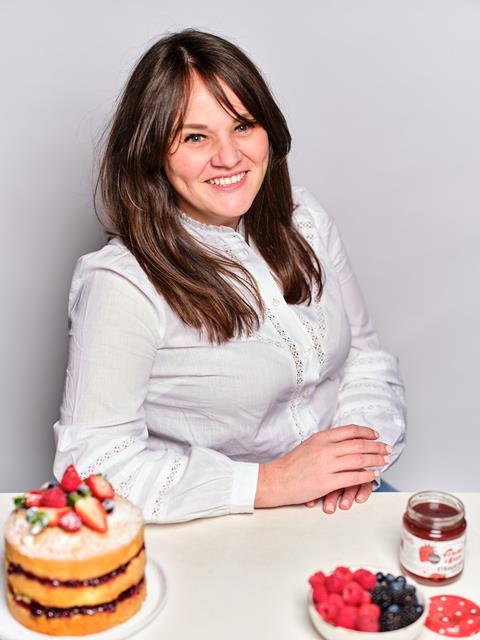
In the shorter term, Kettlewell reveals the brand has “got a second category we’re working on”, which has already attracted the interest of two of the bigger retailers. That development should come to fruition “this summer”, she teases.
Her “big thing for 2025”, though, is getting Fearne & Rosie into schools. The brand is currently running a small pilot in Yorkshire to test Fearne & Rosie breakfast clubs, which would tap Kettlewell’s vast experience as a teacher to supply learning resources and activities – and possibly jam – to the schools to help upgrade their before-school offering.
Fearne & Rosie already has a lead investor in Twinkl, a giant school resources company with over 14 million users in 180 countries. Kettlewell hopes to leverage that obvious crossover.
“I keep talking about the breakfast clubs, so I need to prove they can work,” she says. “I’ve been told constantly: ‘There’s no money in schools’. But that doesn’t mean it’s not the right thing to do.”
And if there’s one thing Kettlewell has proven, it’s that she’s willing to challenge the status quo.



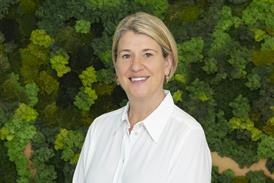
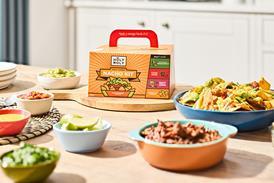
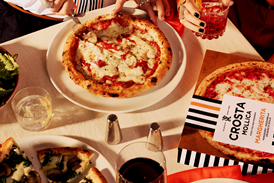




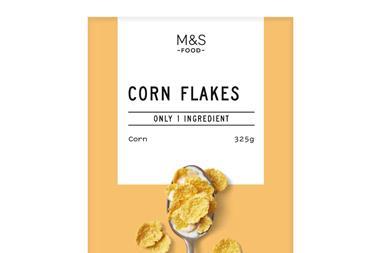

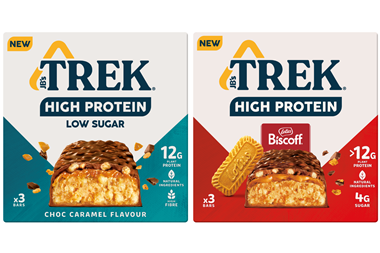
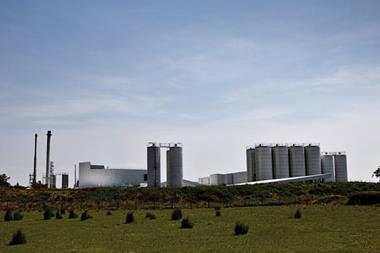

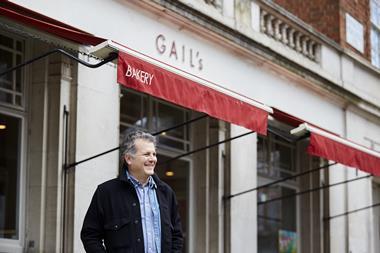




No comments yet